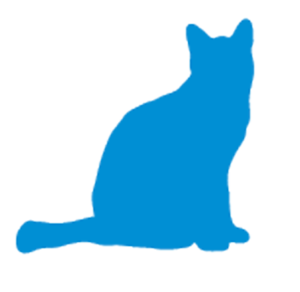Difference between revisions of "Feline Compulsive Disorders"
m (Text replace - "{{Ceva}} {{OpenPagesTop}} {{OpenPages}}" to "{{Ceva}} {{OpenPages}}") |
m (Text replace - "{{Ceva}}" to "{{FB quiz}} {{Ceva}}") |
||
| Line 14: | Line 14: | ||
{{Jon Bowen written | {{Jon Bowen written | ||
|date = 27 August 2014}} | |date = 27 August 2014}} | ||
| + | {{FB quiz}} | ||
{{Ceva}} | {{Ceva}} | ||
{{OpenPages}} | {{OpenPages}} | ||
Revision as of 17:00, 8 May 2015
| ||||||||
| ||||||||
<br}
| This article has been written and expert reviewed by Jon Bowen BVetMed DipAS(CABC) MRCVS. Date reviewed: 27 August 2014 |
| WikiVet Global Challenge: Feline Behaviour Don't forget to attempt the quiz to win e-book prizes! The challenge closes 31st of May 2015. | 
|
| The creation of this content was made possible by Ceva Santé Animale as part of the feline behaviour project. |
Error in widget FBRecommend: unable to write file /var/www/wikivet.net/extensions/Widgets/compiled_templates/wrt693f5a46be4f32_20883936 Error in widget google+: unable to write file /var/www/wikivet.net/extensions/Widgets/compiled_templates/wrt693f5a46c31c82_67723861 Error in widget TwitterTweet: unable to write file /var/www/wikivet.net/extensions/Widgets/compiled_templates/wrt693f5a46c8f740_70727628
|
| WikiVet® Introduction - Help WikiVet - Report a Problem |
